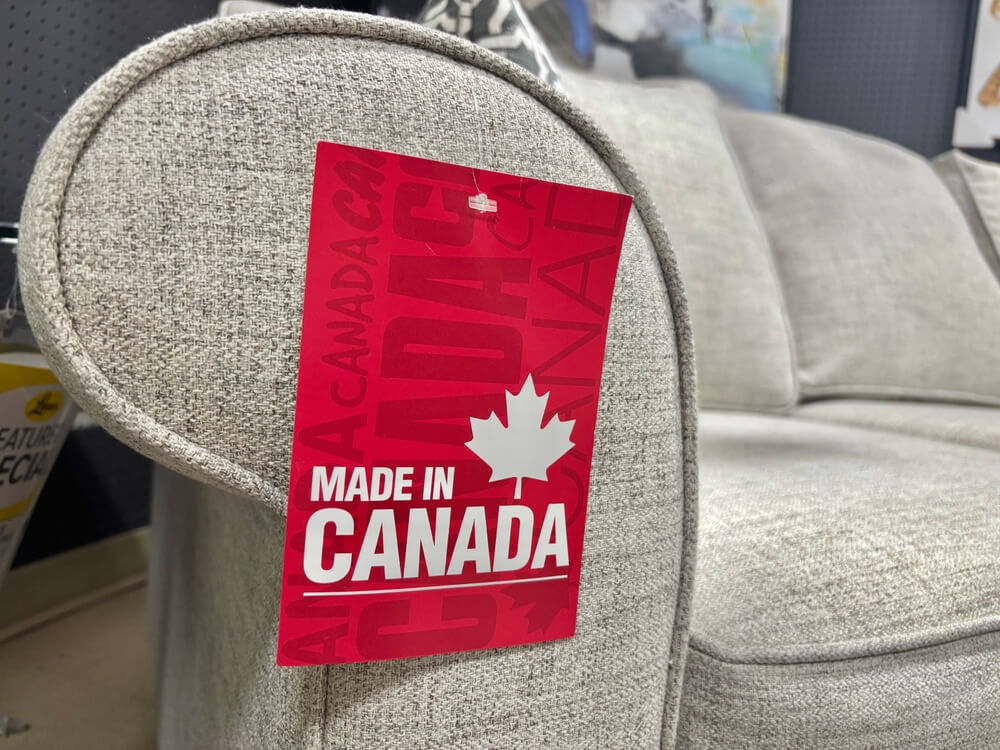
If you are not redirected within 30 seconds, please click here to continue.
Samedi: 10h – 16h HAE

If you are not redirected within 30 seconds, please click here to continue.
If you are not redirected within 30 seconds, please click here to continue.
Tips for Using Your Credit Card While on Vacation

Table of Contents
It’s that time of year again – when Canadian families pack up their bags and leave for destinations across the country and all over the world. If your vacation takes you beyond Canada’s borders, there’s always a few extra things to keep in mind. Beyond having a passport, travel insurance and any travel documents required for the country you’re visiting, you’ll also want to carry a credit card with you. But remember: most credit card companies charge foreign transaction fees. In addition, it’s important to be mindful of when and where you use the card in order to prevent fraud and identity theft.
Here’s how to prepare and stay safe while using your credit card away from home:
Before You Leave
When planning your vacation, it’s advisable to put all your purchases (hotel, flight, tickets for attractions, etc.) on your credit card. This way if you misplace your tickets or have to cancel any of those plans, you have proof of purchase through your online account or paper bills.
Before packing your bags, first, make sure your card or cards of choice are accepted in the country you are visiting. Once you have confirmed that information, make a note of each of your cards’ expiry dates, the account balance on each one and the amount of credit that you have available per month to ensure you have enough to cover the vacation as well as incidentals.
It’s also a good idea to keep a copy of all your credit card numbers, expiry dates and security codes on a separate piece of paper just in case the card or cards are lost. Keep this information separate, in a safe place. You can also make a note of it on your smartphone if you use a security code to access the device. Don’t forget to record the emergency numbers on the back of each card as well.
You may also want to let your financial institution and credit card company know ahead of time that you’re travelling outside the country to ensure that your activities aren’t flagged as suspicious.
While Enjoying your Vacation
Make sure you’re aware of payment systems in the country or countries that you’re visiting. Canada is ahead of many other nations when it comes to chip technology and some still rely on a signature from the cardholder. The tap, or the PIN and chip system is meant to prevent against several types of fraud, but visitors to the country may nonetheless be required to have their cards swiped and then sign a receipt. In restaurants, for example, this may require the server to take your credit card to their machine and then return it to you. This type of situation makes you more vulnerable to fraudsters.
As a personal example, in 2014 my husband and I discovered that two charges totalling $600 were made to his card following a dinner out in New York City. While his credit card company flagged it immediately and called us personally upon our return to Toronto, it made us realize that it was easy for anyone in the restaurant to gain access to his card information between the time it was swiped and returned to the table. Be aware of where your card is at all times and if you have internet access, sign into your account regularly to make sure there’s no suspicious activity taking place.
Another thing to consider: when making purchases on your credit card outside of Canada, not only will you have to pay the exchange rate but you’re also likely to face additional fees. As for the former, the Canadian Dollar has been within the 76 to 80 cent range over the past few months. While it has rebounded from its lows over the winter, that’s still a substantial difference in value from the Greenback. That differential only grows larger when you travel to Europe. This is something you are likely well aware of when exchanging currency, but this may slip your mind when using a credit card.
Most credit cards charge a foreign transaction fee – that’s an additional one to 3% to every dollar you spend outside the country. Here in Canada, the standard foreign transaction fee is typically around 2.5%. If this is something that puts a dent in your plans, there are a small group of cards that offer a lower or no fee.
Then there’s a Dynamic Currency Conversion fee – also referred to as a Cardholder Preferred Currency fee – which is charged to you should you decide to convert the price of goods at the point of sale into your chosen currency. This service isn’t available everywhere but be aware that if you choose to use DCC, you could see an additional 3% added onto your total cost.
Remember to save any receipts from everything you bought – including restaurant meals or snacks, so you have a record of all your purchases.
When You Get Home
Log into all your online banking or credit card accounts and check for any unusual activity. If you spot anything suspicious, call your financial institution immediately. Chances are they will contact you if something out of the ordinary appears on your bill.
Using your credit card while away from home is an easy way to make your vacation even more enjoyable. Keep these tips in mind and you’re prepared to travel safe and make the most of your journey.
Does your credit card give you the opportunity to experience the vacation of a lifetime? Compare the best travel rewards cards today!
Get money-saving tips in your inbox.
Stay on top of personal finance tips from our money experts!










